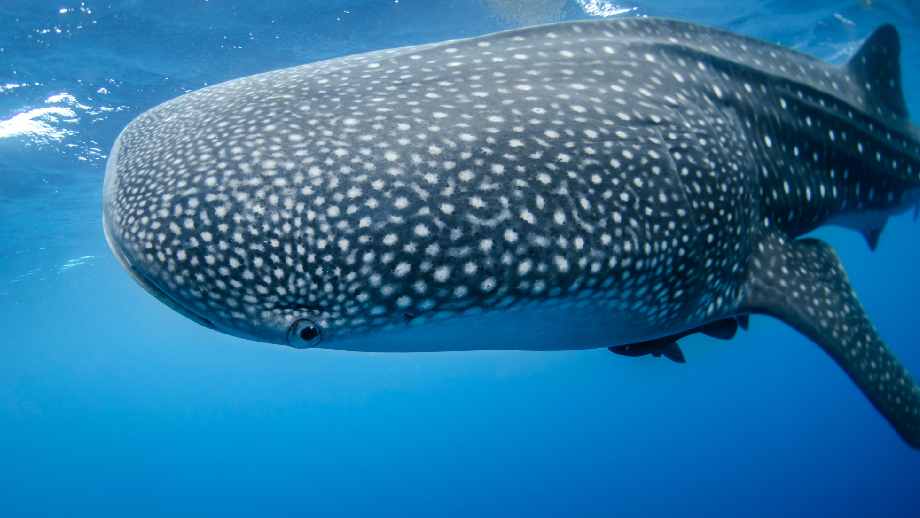
Australia is home to some of the most stunning marine life in the world. This makes it a top freediving destination, and we are lucky enough to call it our backyard!
Whether you’re a seasoned freediver, or simply love to snorkel, there’s a variety of wonderful marine animals to be seen at every depth.
Here are the 14 best types of marine life to see in Australia.
Marine animals are any animal that lives in an ocean environment.
While most people will think of fish, there are actually many different types of marine animals. These can include fish, whales, turtles, crustaceans, molluscs and many others!
Marine life is often diverse in appearance and behaviour, making it one of the standout attractions for freedivers.
Here are, in no particular order, the 14 best types of marine life to see in Australia!
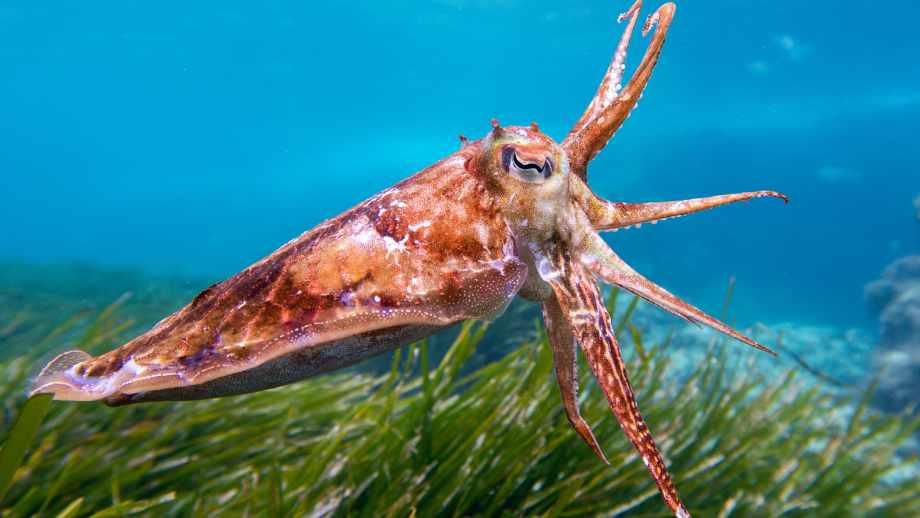
Cuttlefish are sought-after sea creatures because of their mastery of camouflage. Luckily for the freedivers among you, they are found in many locations around the Australian coast.
These intelligent creatures can change the colour and texture of their skin to blend in with their surroundings, making them satisfying and challenging to spot, and incredibly varied in appearance when they are found.

Manta rays are one of the most graceful creatures in the ocean. If you ever have the experience of one gliding above you, the resulting shadow and majestic beauty is awe-inspiring!
These gentle giants can grow up to seven metres in wingspan and are found in many locations around the Australian coastline, particularly around the Ningaloo Reef in Western Australia. Swimming either above or below these incredible marine animals is an unforgettable experience.
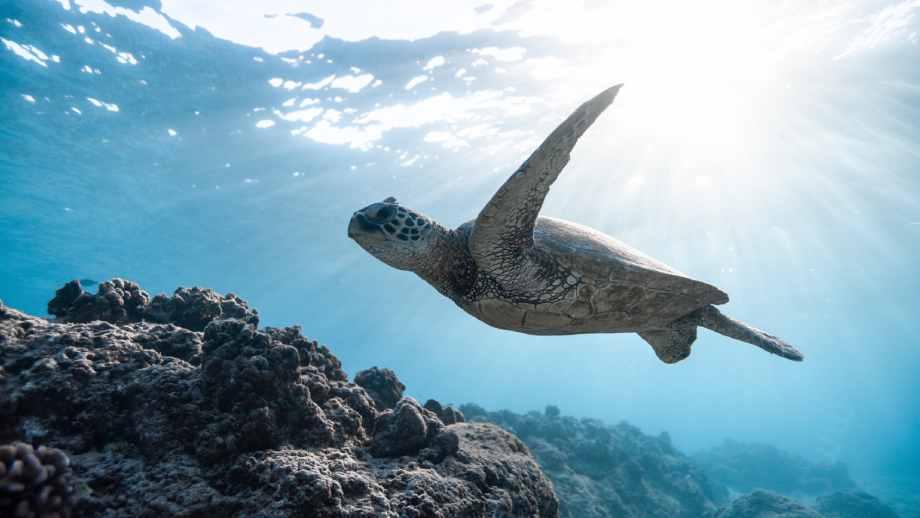
Sea turtles are a favourite amongst many marine animal enthusiasts, and Australia is home to six of the world’s seven species!
You can spot them in many locations around the Australian coast, including the Great Barrier Reef and the southern coast of Western Australia. Seeing these beautiful creatures in their natural habitat is truly a once in a lifetime experience.

From June to November, humpback whales migrate along the eastern and western coasts of Australia, providing a spectacular show for those lucky enough to catch a glimpse.
You can see them from land, but there is truly no better way to experience some of the largest creatures on earth than to swim among them.
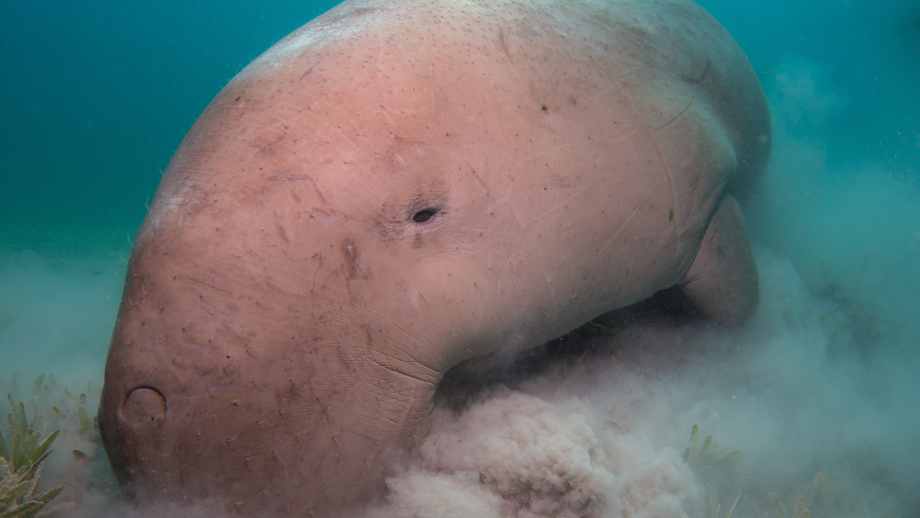
Dugongs, also known as sea cows, are a rare marine mammal found in shallow coastal waters around the northern coast of Australia.
Arguably one of the most unique marine animals in the world, these docile creatures are known for their friendly and gentle nature, making them a favourite amongst divers and snorkelers. If you want a freediving experience that is both memorable and wholesome, you can’t go wrong with a dugong!

Thanks to the movie “Finding Nemo,” clownfish are a reef-dwelling species that have become a household name. These colourful fish are found in many locations around Cairns and the Great Barrier Reef, but can be found all around Australia.
Aside from their celebrity status, they are also known for their vibrant colours and playful personalities. Seeing these fish in their natural habitat is practically a rite of passage for any freediver.
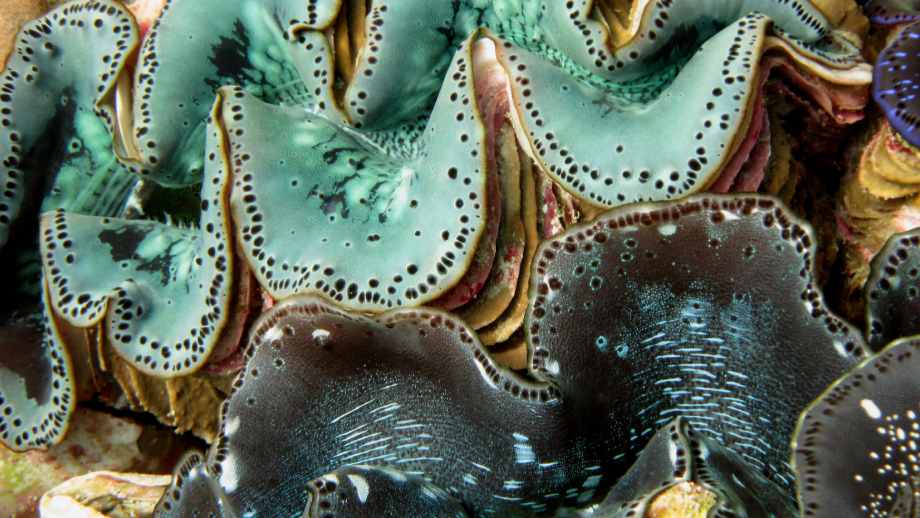
Giant clams are the world’s largest living bivalve molluscs and can be found in many locations around the Australian coast, particularly around the Great Barrier Reef.
People often underestimate just how giant they truly are, not realising these fascinating creatures can weigh up to 200kg! Aside from their immense size, they are also known for their beautiful colours and patterns.
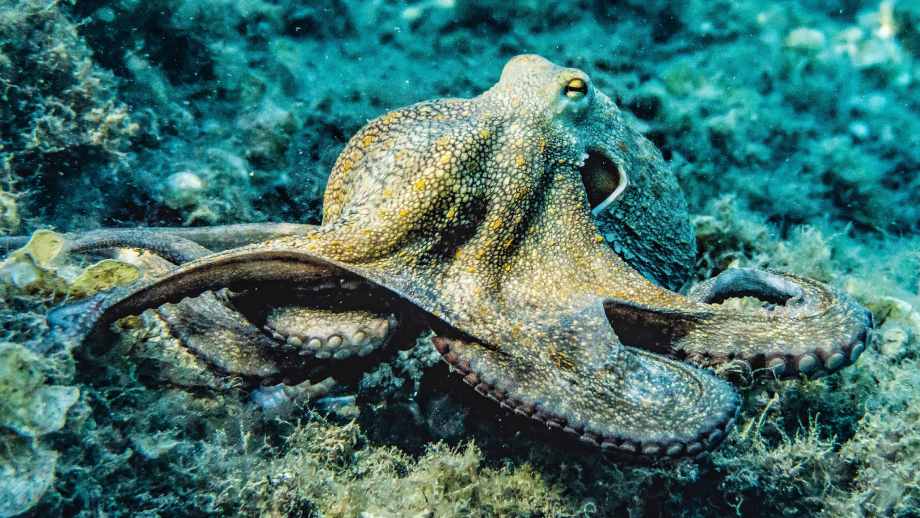
The octopus is known as one of the strangest and most intelligent creatures in the ocean. It can be found all over Australia, and often in quite shallow water!
These fascinating creatures have incredible camouflage abilities, changing their skin colour and texture to blend in with their surroundings. They can also be very inquisitive, often grabbing hold of equipment or even your hand if you encourage them.

Seahorses are one of the most unusual and fascinating creatures in the ocean. These small fish are known for their unique shape and behaviour.
Looking like an adorable miniature horse, they attach themselves to the sea floor with their tails and gracefully move with the currents. Seeing these creatures in their natural habitat is a goal for most freedivers. The Basin in Sydney is a known hotspot for these wonderful creatures.
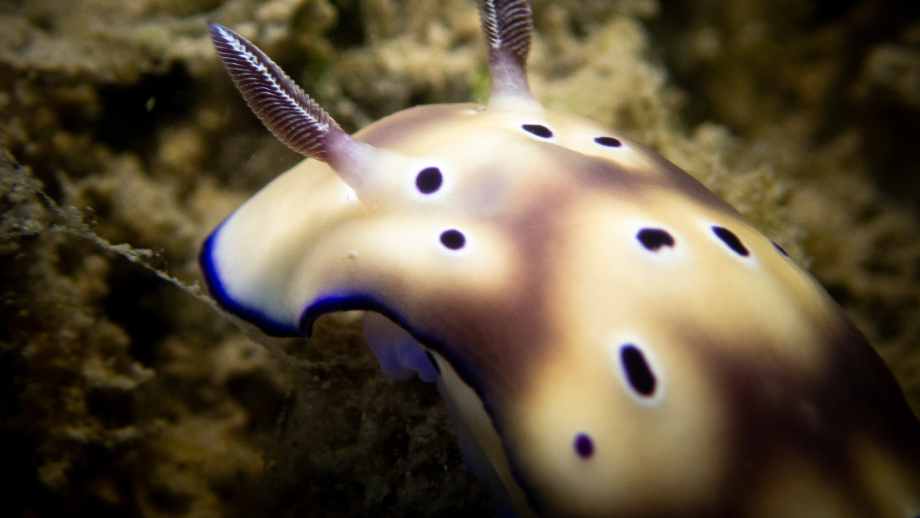
Nudibranchs are a type of sea slug, related to the seahorse, that are all around the Australian coastline, especially in the greater Newcastle area. Don’t let the word ‘slug’ mislead you, these may just be the most stunning looking marine animals in the entire ocean!
These colourful creatures are a favourite amongst underwater photographers because of the impressive variation of size, shape and colouration between different specimens.
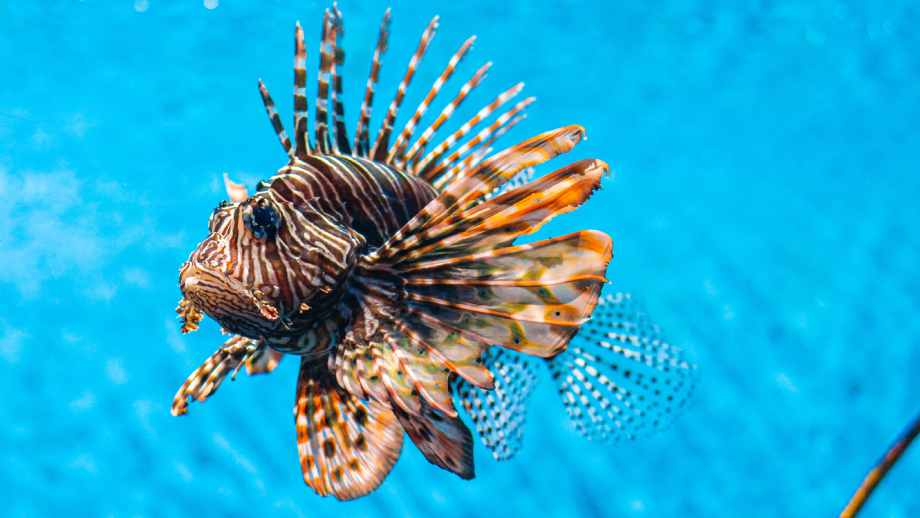
Lionfish are a beautiful but venomous species of fish found in reefs all around Australia. Their impressive strike speed makes them as fearsome as they are beautiful.
These fish have distinctive red and white stripes and are a favourite amongst divers and snorkelers alike. For an added challenge, they often lay very still and can look like a vibrant piece of coral. This makes them tough to spot.
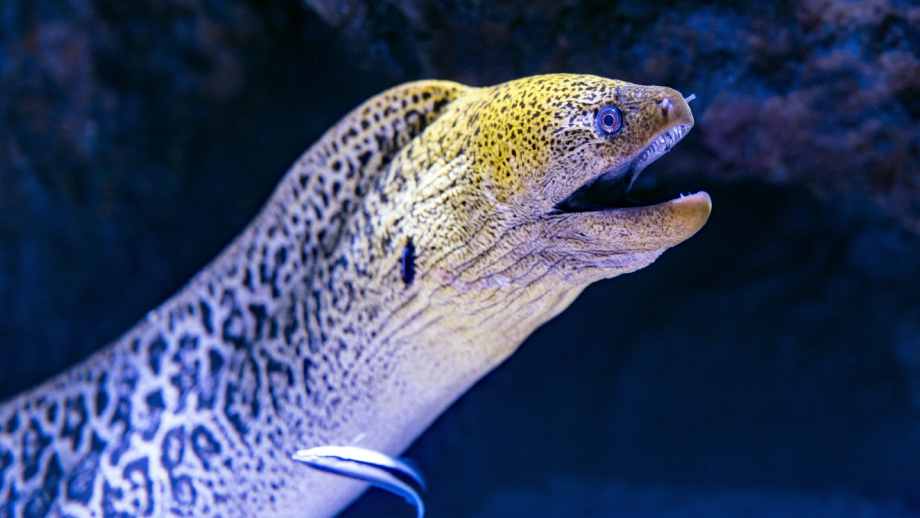
Moray eels are a common sight all around Australia’s coast, but this doesn’t make them any less interesting.
Eels are some of the oceans most strange and fascinating creatures, and can grow up to two metres in length! They’re known for their sharp teeth and menacing appearance, although they don’t actually pose a risk to freedivers.
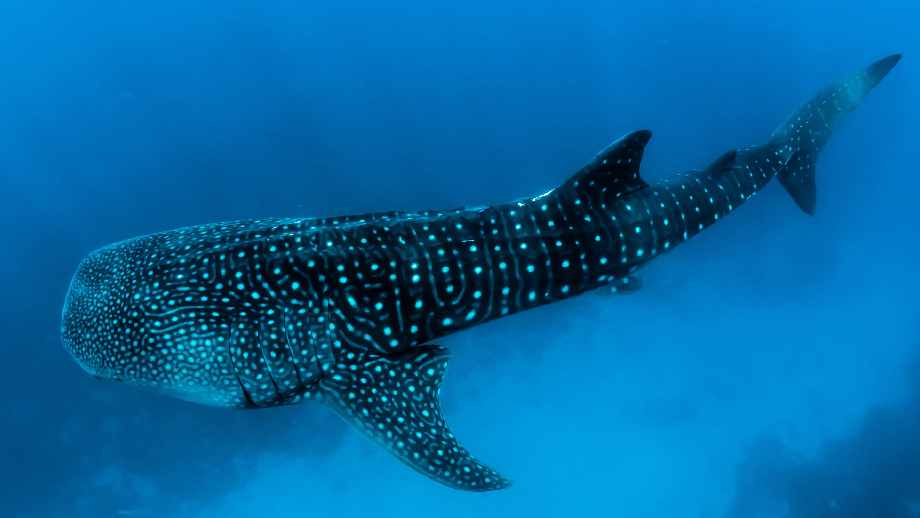
Whale sharks are enormous creatures, growing up to twelve metres long! But before you thing, “why on earth would anyone want to swim with a big shark!?”, you’ll be glad to know that they have never attacked humans.
These gentle giants are harmless to freedivers, and offer an amazing opportunity to swim alongside an enormous marine animal.
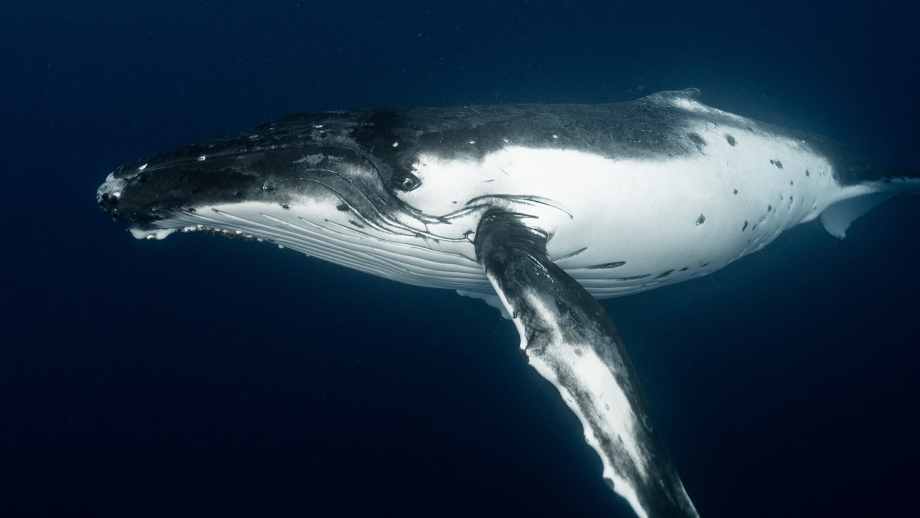
Saving the biggest animal on the planet till last – the blue whale!
Imagine a 24m long, 90 tonne, gentle giant of the sea cruising past you in the open ocean! Only a very small percentage of people in the world have had the opportunity to see a blue whale, and an ever smaller percentage have been lucky enough to be in the water with one.
Want to know how to improve your chances of freediving with one? Join our trip to dive with blue whales and enjoy and experience you’ll never forget!
Has learning about the different kinds of marine animals inspired you to start learning how to freedive?
Well, you’re in luck. At Freediving Central we offer beginner, intermediate and advanced courses, as well as courses for instructors.
Even if you already have freediving experience, your courses can help you refine your technique and prepare for your competitions.
Discover various breathing techniques that are commonly used in freediving and relaxation practices. Whether you’re an experienced freediver or someone looking to reduce stress and anxiety, these techniques can help you achieve your goals.